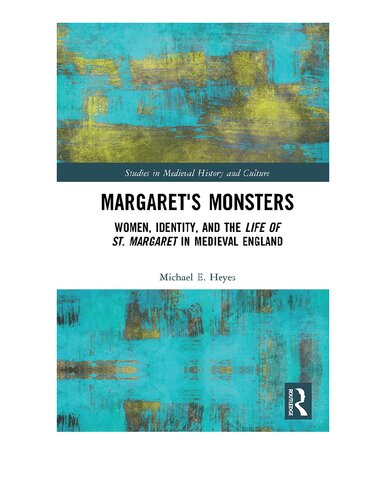

Most ebook files are in PDF format, so you can easily read them using various software such as Foxit Reader or directly on the Google Chrome browser.
Some ebook files are released by publishers in other formats such as .awz, .mobi, .epub, .fb2, etc. You may need to install specific software to read these formats on mobile/PC, such as Calibre.
Please read the tutorial at this link: https://ebookbell.com/faq
We offer FREE conversion to the popular formats you request; however, this may take some time. Therefore, right after payment, please email us, and we will try to provide the service as quickly as possible.
For some exceptional file formats or broken links (if any), please refrain from opening any disputes. Instead, email us first, and we will try to assist within a maximum of 6 hours.
EbookBell Team

4.0
76 reviewsSt. Margaret of Antioch was one of the most popular saints in medieval England and, throughout the Middle Ages, the various Lives of St. Margaret functioned as a blueprint for a virginal life and supernatural assistance to pregnant women during the dangerous process of labor. In her narrative, Margaret is accosted by various demons and, having defeated each monster in turn, she is taken to the place of her martyrdom where she prays for supernatural boons for her adherents. This book argues that Margaret’s monsters are a key element in understanding Margaret’s importance to her adherents, specifically how the sexual identities of her adherents were constructed and maintained.
More broadly, this study offers three major contributions to the field of medieval studies: first, it argues for the utility of a diachronic analysis of Saints’ Lives literature in a field dominated by synchronic analyses; second, this diachronic analysis is important to interpreting the intertext of Saints’ Lives, not only between different Lives but also different versions of the same Life; and third, the approach further suggests that the most valuable socio-cultural information in hagiographic literature is found in the auxiliary characters and not in the figure of the saint him/herself.